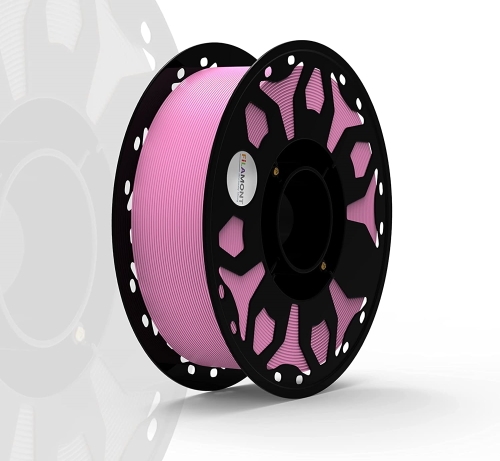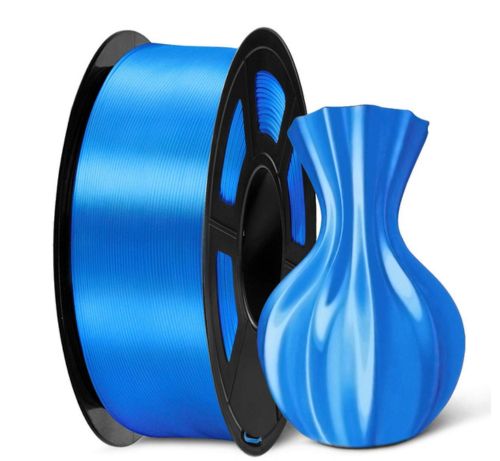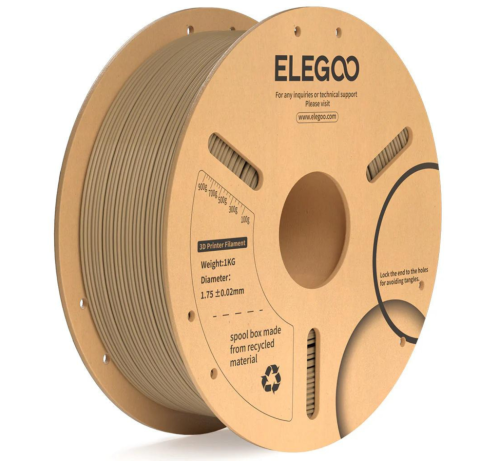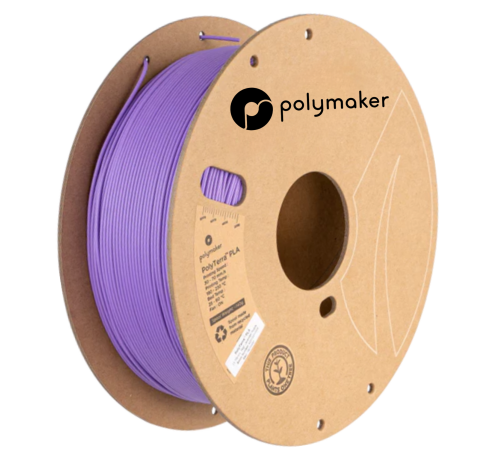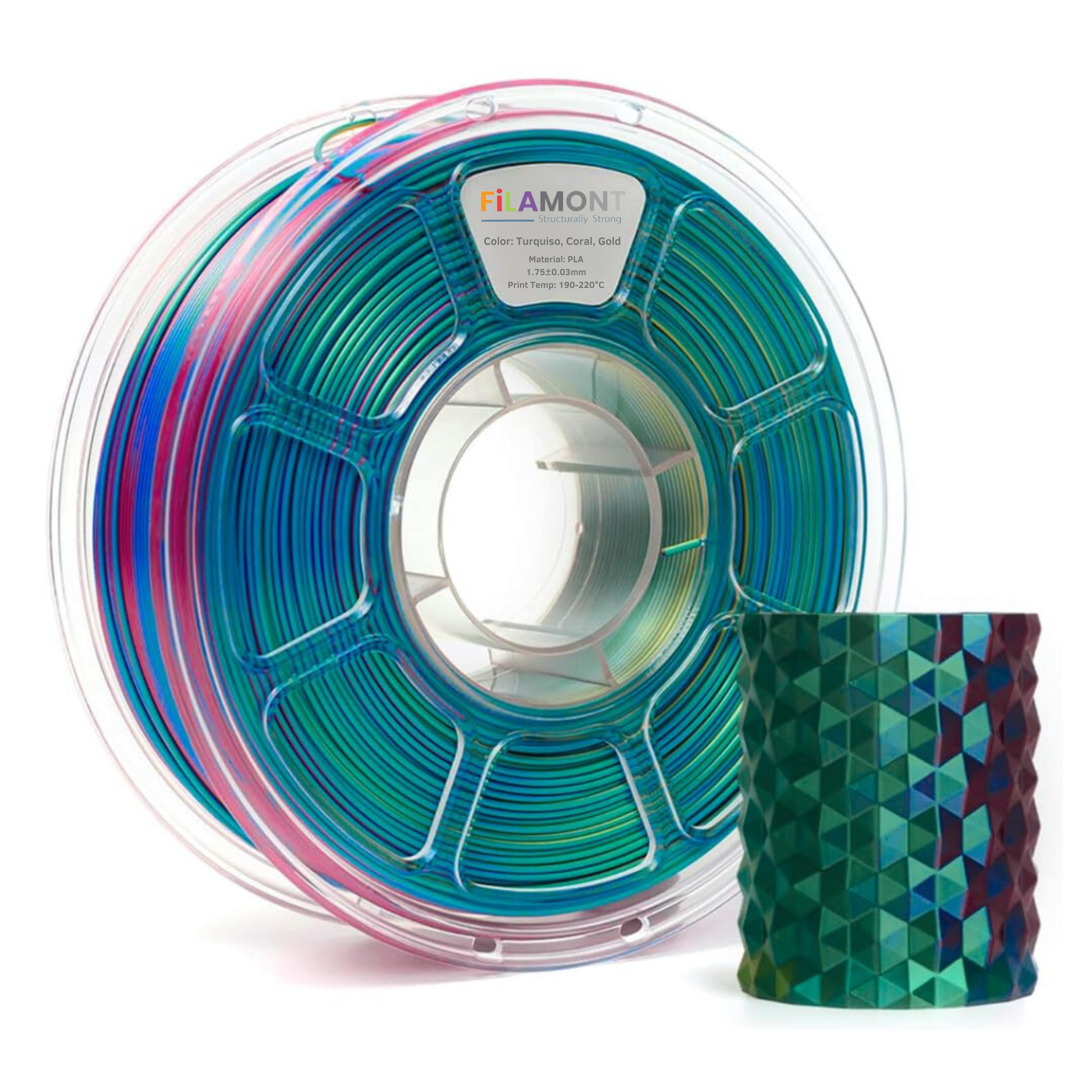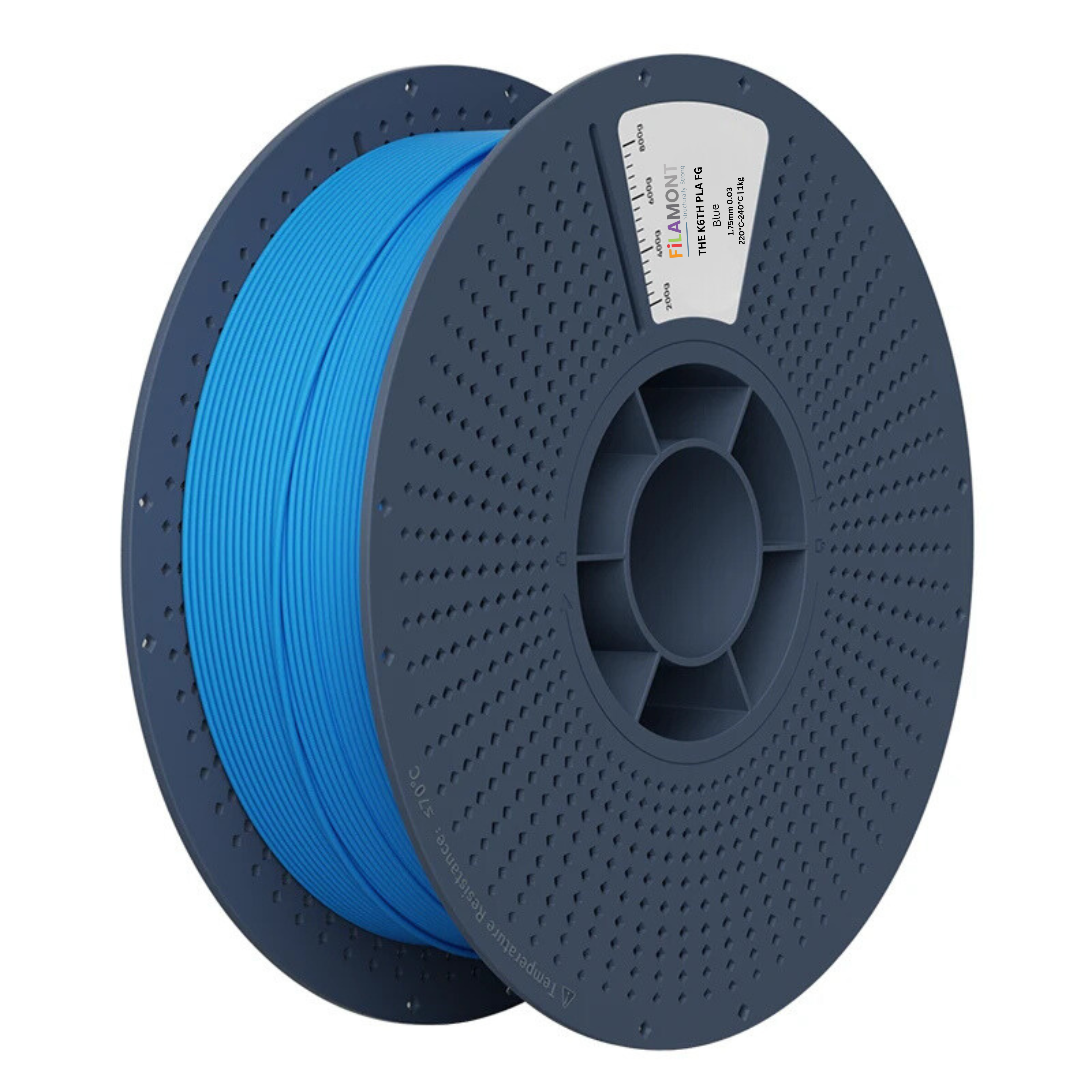3D Printer Filament
Discover a wide selection of high-quality 3D printer filament in Mumbai at unbeatable prices! At Protomont Technologies, we take pride in offering a diverse range of filaments to suit every 3D printing project. Whether you’re looking for PLA, ABS, TPU, or speciality filaments like wood-polymer or glow-in-the-dark, our store has it all. With competitive 3D printer filament prices, you can stock up on your favourite materials without breaking the bank. Elevate your 3D printing experience with top-notch filaments that deliver outstanding results every time!
We know that at Protomont Technologies, the selection of the filament is the key to the success of your 3D printing projects. Being a hobbyist, teacher, or professional industrialist, choosing the correct filament can guarantee the best print quality, longevity and affordable nature.
Filaments of 3D printers are thermoplastic materials of Fused Deposition Modelling (FDM) printers. They are available in different varieties that have different characteristics that can be applied in different applications. The most commonly used filaments are 1.75mm and 2.85mm, and the former is commonly compatible with most desktop 3D printers.
Types of 3D Printer Filament:
PLA+ Filament
PLA+ is an improved version of the basic PLA, which has better toughness and printability. It is biodegradable 3d printer filament and also made out of renewable sources such as corn starch or sugarcane. PLA+ guarantees a fine and accurate print, which is ideal for complex designs and prototypes. It serves a wide range of applications, including education to multifaceted prototyping.
ABS Filament
ABS is a thermoplastic composed of petroleum, which is tough and resistant to impact. It uses more printing temperatures and requires a heated bed in order to avoid warping. ABS is smoothed using acetone vapour to give it a smooth look. It is usually applied to automotive components, toys, and working prototypes.
PETG Filament
PETG (Polyethene Terephthalate Glycol) filament is a glycol-modified form of PET which provides a strength and flexibility balance. It is food-safe, chemically and impact-resistant. PETG is also difficult to paint, although it has low warping properties because of its smooth surface. It applies to mechanical components, containers, and components of protection.
ASA Filament
ASA (Acrylonitrile Styrene Acrylate) filament is the one that is resistant to UV and the one that is durable, and is used in outdoor applications. This 3d printer filament does not fade when subjected to sunlight, thus it is suitable to be used outdoors. During printing, ASA needs to be placed in a heated bed with good ventilation. It is usually applied in automotive parts and outdoor signage.
Silk PLA Filament
Silk PLA is a glossy and silk-like finish over PLA that makes use of the environmentally friendly properties of PLA. It is eco-friendly which is biodegradable. Silk PLA will offer a smooth printing pattern and reduce difficulties experienced by users. It is perfect to be used as a decoration and artistic print, and it makes your work even nicer.
Choosing the Right 3d Printing Filament
For Beginners: PLA (Polylactic Acid)
PLA is a biodegradable, user-friendly filament that can be obtained using renewable resources such as starch, corn or sugar cane. It is also simple to establish and thus the best when it comes to beginners and educational endeavours.
Functional Parts: ABS (Acrylonitrile Butadiene Styrene).
ABS is durable and heat-resistant and can be used in the automotive sector and in useful prototypes. It also needs a hotbed and ventilation during printing.
To be durable: PETG (Polyethylene Terephthalate Glycol).
PETG is a material that has the potential to replace both PLA and ABS due to its ease to use with the strength and durability of ABS. It has a superior chemical and impact strength and is food safe.
Outdoor use: ASA (Acrylonitrile Styrene Acrylate).
ASA resembles ABS except that it has better UV and weather resistance compared to ABS and is therefore applicable in outdoor use. It retains its effect with time when touched by sunlight.
Aesthetic Finishes: Silk PLA.
Silk PLA filament is based on the environmentally friendly qualities of PLA, and it has a silk-like coating. It is biodegradable and has a smooth printing process that makes it less complicated for the users.
PLA Filaments FAQ
Filament 3D printer is a thermoplastic that is employed in FDM (Fused Deposition Modeling) 3D printers. This is heated and pushed out through a nozzle to accumulate layers forming a 3D object.
The 3D printer filament price varies based on material and quality, typically ranging from ₹625 to ₹1,500 per kilogram. Premium filaments or specialty materials may cost more.
Yes, the majority of 3D printer materials are plastic polymers (PLA and ABS and PETG or nylon). These materials are warmed and pressed in order to create a 3D printed item.
The 3D filament is made by melting plastic pellets and extruding them into long, continuous strands of uniform diameter and then cooled and reeled up into spools.
The most used types of filament are PLA, ABS, PETG, TPU and nylon, with each being selected depending on the needs of the 3D printing project.
The type of material, brand, filament diameter, spool weight, and speciality additives (such as carbon fiber) may affect the cost of 3D printer filament.
The most optimal choice of filament is determined by what you want to do: PLA is easy to work with, PETG is strong, TPU is flexible, and nylon is strong.
No, filaments must be kept in a cool dry place, preferably in closed containers with desiccants to avoid the intake of moisture.

